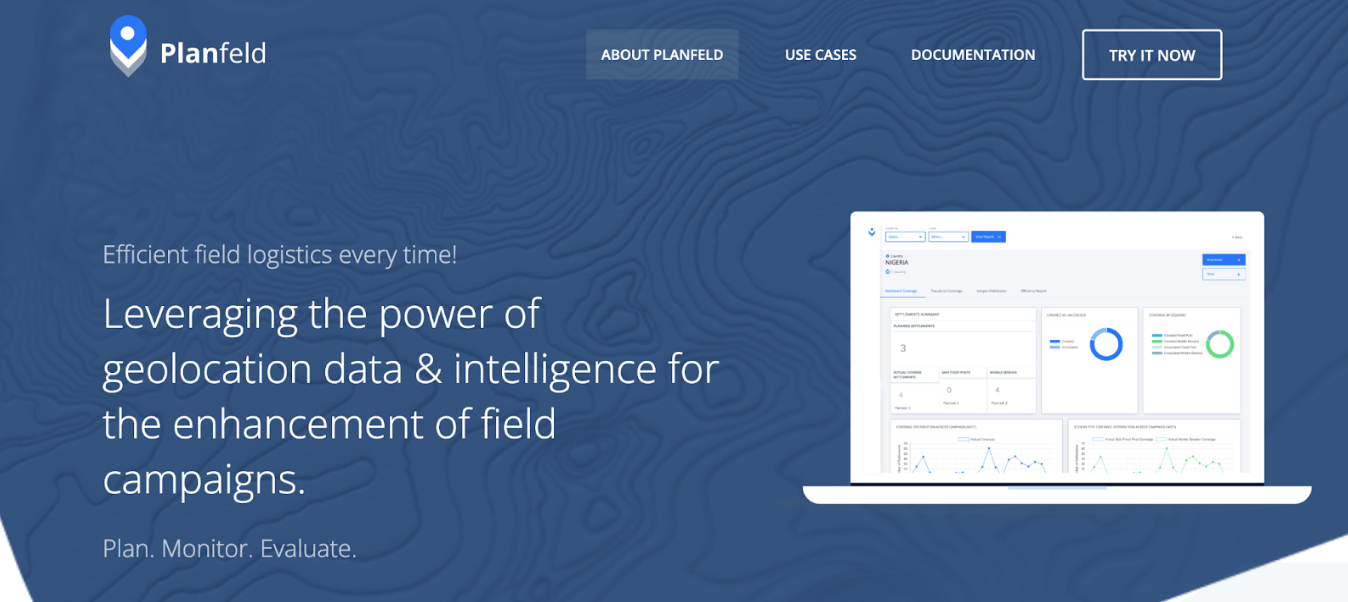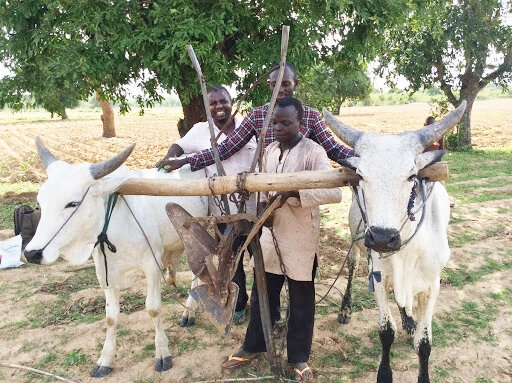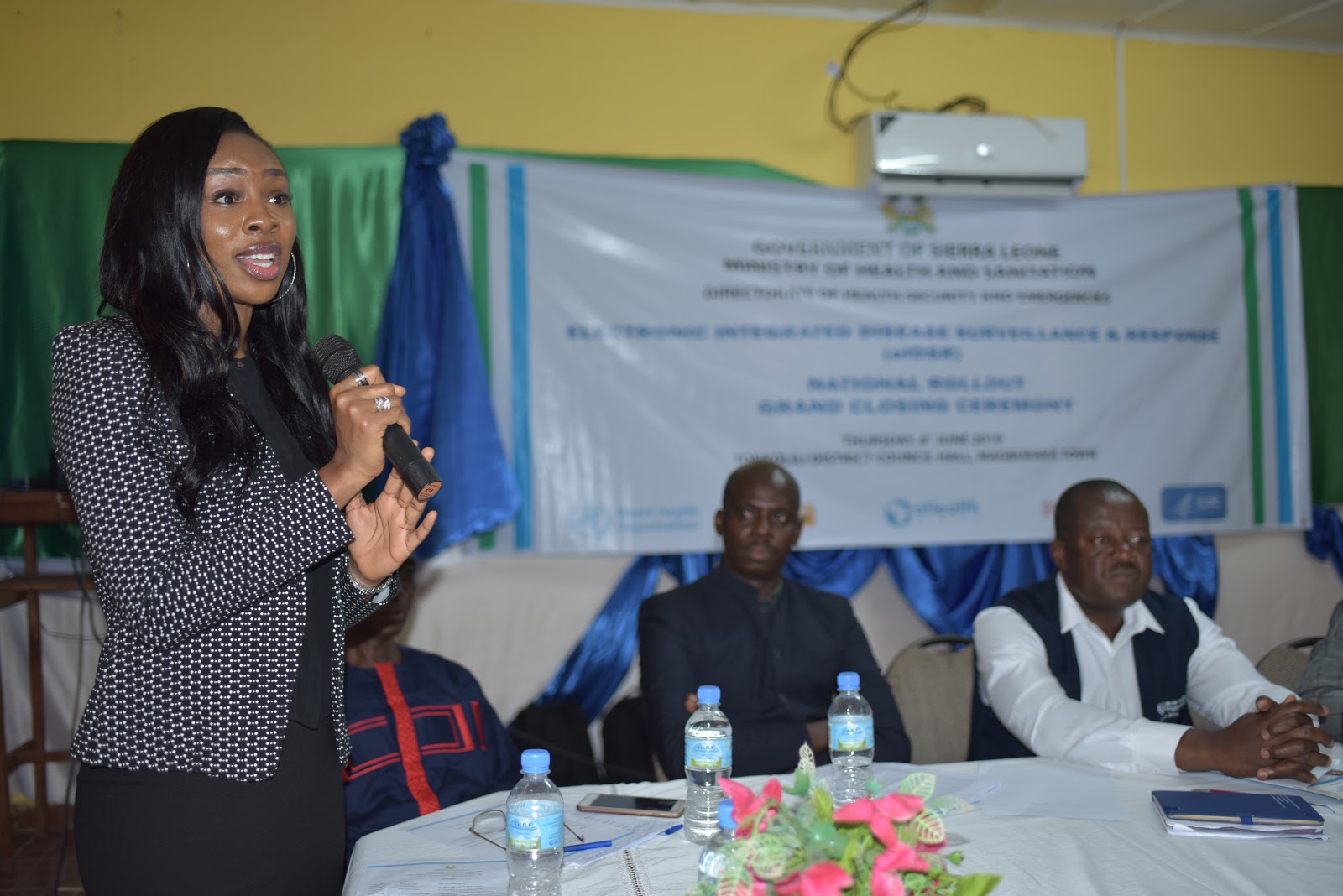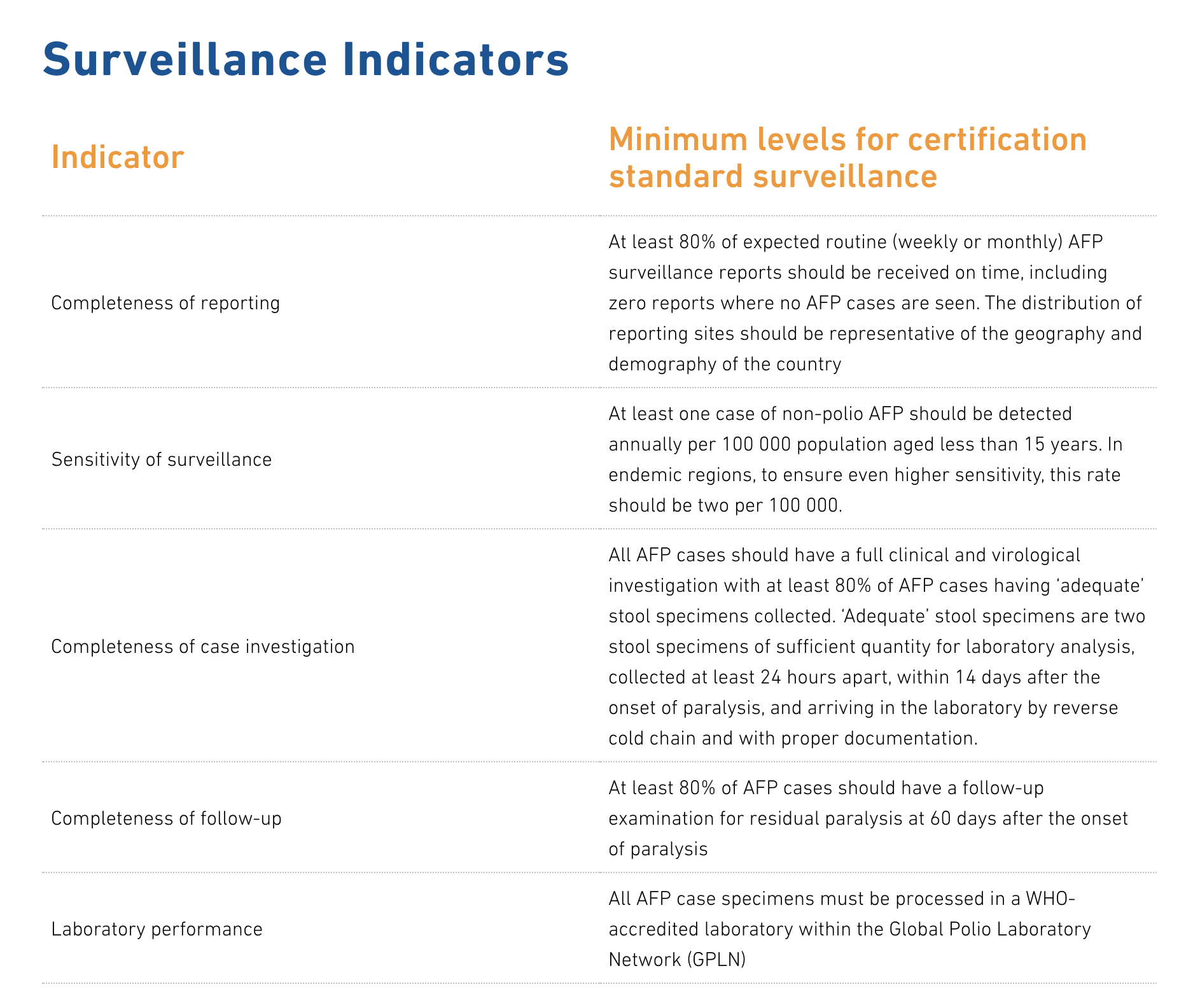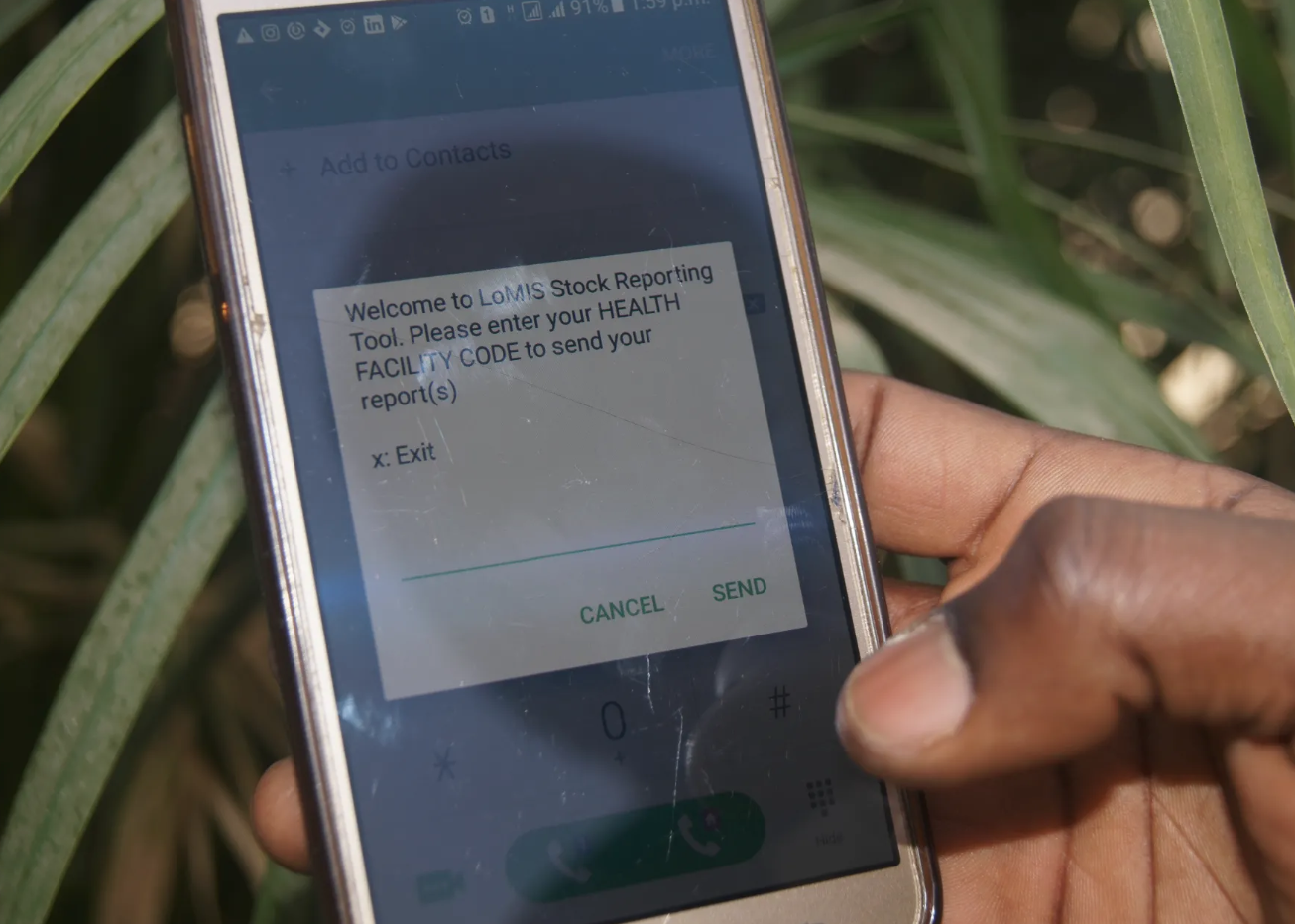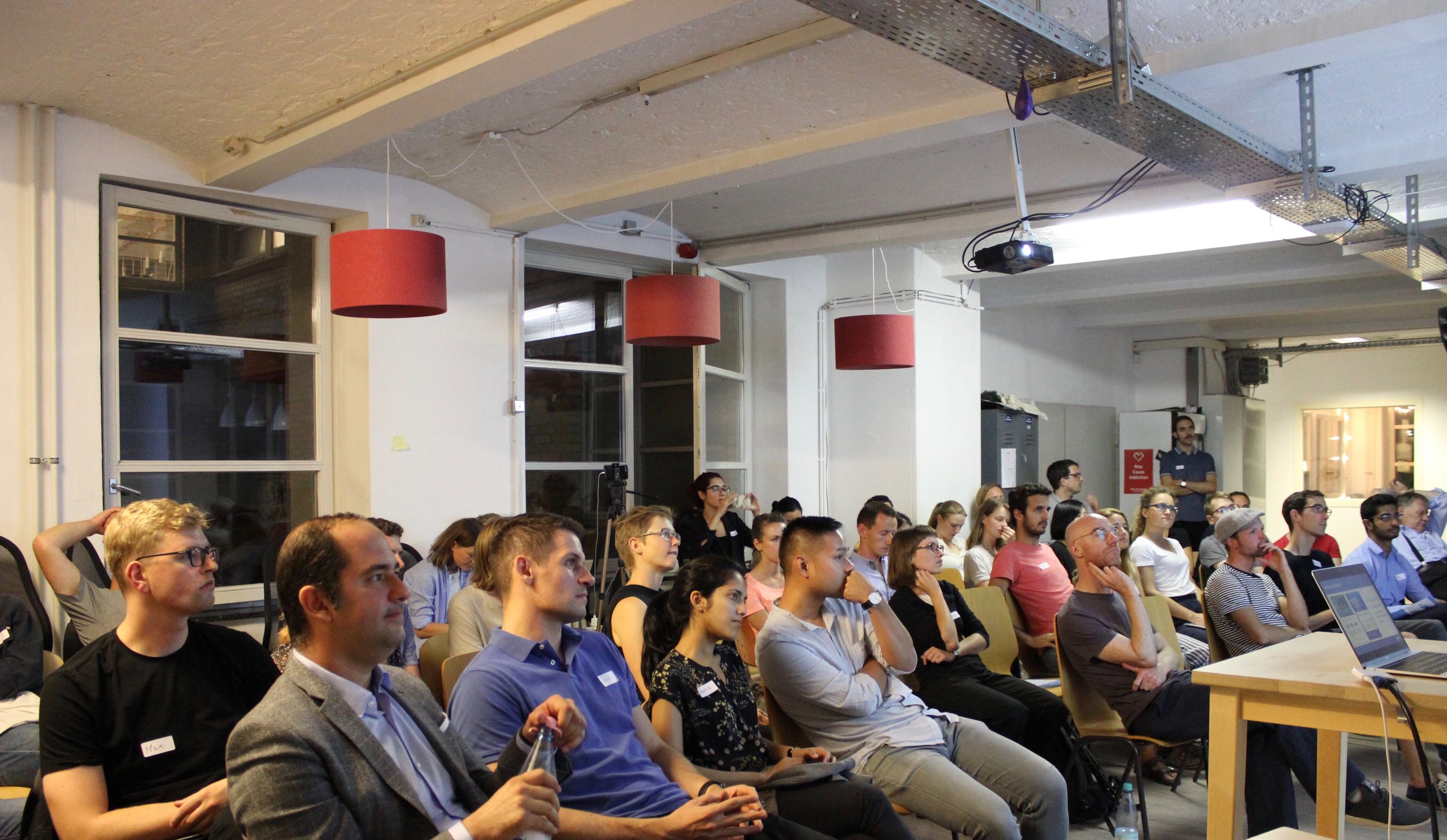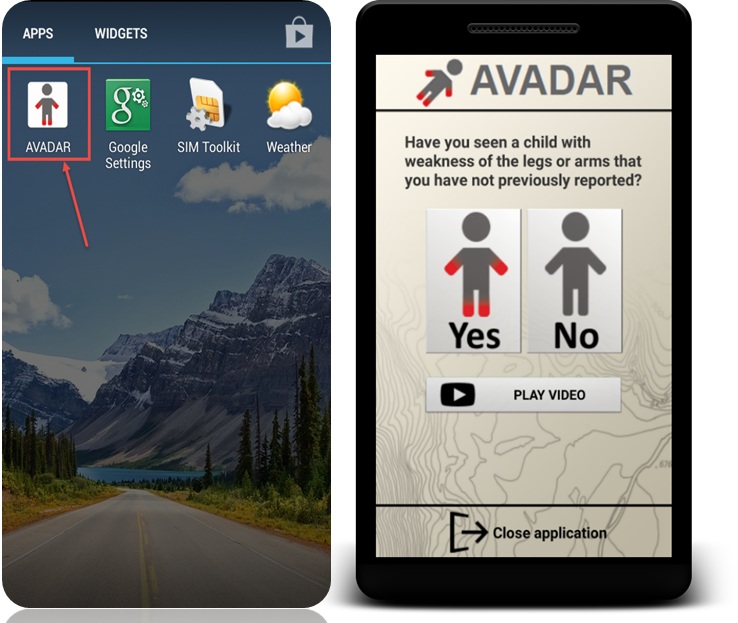By Judith Owoicho
Several factors may account for why malaria is so common in Nigeria which bears up to 25% of the malaria burden in sub-Saharan Africa. It remains a significant health concern. In 2021, the country accounted for 31% of global deaths from the disease. Control of malaria is often hinged on global strategies, including prompt and effective case management, intermittent preventive treatment (IPT) of malaria in pregnancy, and integrated vector management (IVM): use of insecticide-treated nets (ITN), indoor residual spraying (IRS), and environmental management (EM), all of which have been employed at varying degrees to combat the disease.
Efforts made over the years were further stalled in the first year of the pandemic which saw a rise in malaria cases and deaths. With at least half of the world's population at risk of contracting malaria, it is critical to continually explore new interventions to prevent and treat the disease.
So far, insecticidal-treated nets have proven to be the most effective way of preventing malaria and reducing death rates in Nigeria. However, their distribution to the last mile is often a challenge. To overcome this challenge, several organizations have turned to technology and digital tools to enhance the efficiency of malaria intervention programs. Here are five innovative tools that have been predominantly used:
LoMIS
Lomis is an offline logistic management tool custom-built by eHealth Africa for the Seasonal Malaria Campaign (SMC) in Borno, Nigeria. The platform was used to support the distribution of malaria commodities, including insecticidal treated nets (ITNs), malaria diagnostic kits, and antimalarial drugs. Through the platform, government and development partners were able to track the distribution of malaria commodities from the national level down to the health facility level. The tracking system ensures that malaria commodities are delivered to the right places at the right time, and that stock-outs are minimized. It also ensures that malaria commodities are not lost or stolen during transportation and that they are stored properly at health facilities. It has improved data management and reporting in the malaria sector in Nigeria.
Planfeld
Plainfield is eHealth Africa's digital solution- a mobile and web-based application that helps you plan field logistics for public health interventions. It is deployed for malaria campaigns to ensure better planning, tracking of teams, data collection, and coverage with geospatial tools. Micro planning is done based on the geospatial listing of settlements from the Nigeria data portal: mapping information and can be auto-generated to estimate the appropriate number and distribution of teams to effectively implement activities within specified days across selected settlements or locations. The planning is carried out at the local government administrative level for each ward/district to be covered. GIS-enabled mobile devices are deployed to every ward/district where malaria activities are to be implemented. GPS tracks and location data are collected, via passive and active monitoring respectively. These geospatial datasets are analyzed via automated systems to determine which settlements are reached and the proportion of settlement areas that have been covered. With the use of the Planfeld during the seasonal malaria chemoprevention campaign in 2020, coverage of all 27 LGAs in Born was achieved, reaching over 2 million children.
CommCare
CommCare is a digital platform that has been used to support the distribution of insecticidal-treated nets (ITNs) to hard-to-reach areas. Through the platform, community health workers (CHWs) can register households and distribute ITNs, recording data on the location, number of nets distributed, and the size of the household. This information is then sent to a centralized server, where it can be monitored and evaluated for effectiveness. CommCare has also been utilized to support the treatment of malaria. CHWs can use the platform to diagnose and treat malaria in the community, recording data on the diagnosis, treatment, and follow-up visits. In addition to ITN distribution, CommCare has also been used to support behavior change communication (BCC) campaigns to educate communities on the prevention of malaria, delivering educational messages to individuals and communities, providing them with the information they need to protect themselves from the disease. Commcare has been used in 130 countries for several interventions including malaria.
Reveal
Reveal is a global good and an open-source platform that uses spatial intelligence to drive the delivery of life-saving interventions. Reveal has played a critical role in improving the efficiency and effectiveness of malaria interventions, particularly in the areas of data collection, analysis, and reporting. It has been used to collect data on the distribution of insecticidal treated nets (ITNs), malaria diagnosis and treatment, and other malaria interventions. Community health workers (CHWs) use the platform to record data on the number of ITNs distributed, the number of people tested and treated for malaria, and other key indicators. It also generates automated reports on the status of malaria interventions, including ITN distribution, malaria diagnosis and treatment, and other key indicators. The platform can also generate alerts and notifications, highlighting areas where interventions may be falling short. It has also been integrated with national health information systems, allowing for data to be shared across different levels of the health system. This integration enables program managers and policymakers to monitor the effectiveness of malaria interventions at a national level.
RedRose
RedRose is a mobile-based platform that provides real-time monitoring and evaluation of malaria programs, allowing for tracking progress and identifying areas for improvement. It enables health workers to collect data in real-time using mobile devices including information on the number of ITNs distributed, the number of malaria cases diagnosed and treated, and the number of pregnant women who received intermittent preventive treatment for malaria. This real-time data collection helps to quickly identify challenges and respond to them before they escalate. Its digital mapping capabilities allow for the identification of areas with high malaria burden and prioritizes interventions accordingly. The platform can also be used to map the distribution of ITNs, ensuring that they reach the last mile. It includes an SMS reminder feature, which sends reminders to health workers and patients on important tasks and appointments. This feature helps to ensure that patients receive timely care and that health workers stay on top of their tasks.
The use of digital tools for malaria control in Nigeria may face several challenges, including technical and implementation challenges, as well as limitations in reach. Addressing these challenges will be essential for the successful integration of digital tools into malaria control efforts. However, the use of digital tools for malaria control in Nigeria has great potential to improve the diagnosis, treatment, and prevention of malaria. Other areas needing a closer look may be to identify and address the challenges and limitations of digital tools and to maximize their potential for malaria control in Nigeria.






